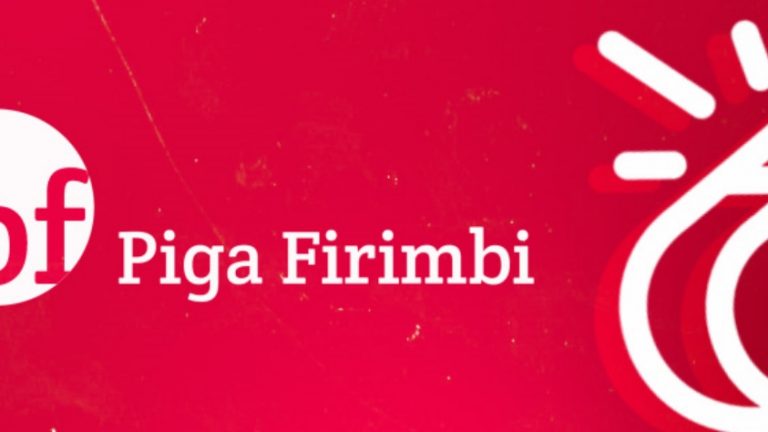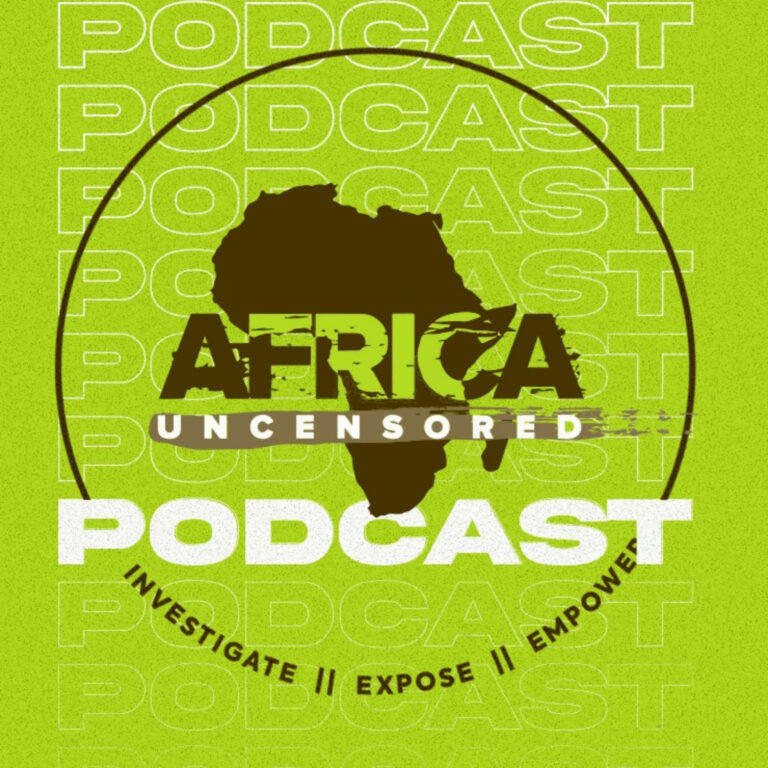At Piga Firimbi, we identify and verify information circulating on social media, mainstream media and in the public domain, focusing on issues of interest to our audience and to the general public at large. We also rely on you, our audience, to share anything you would like to be fact-checked. If you have a claim whose authenticity you would like us to verify, get in touch with us here.
Once a claim has been identified, our team of fact-checkers will do background research on the subject, conduct verification using a variety of tools, compile the claim, background information and supporting evidence, and eventually compile everything before publishing the fact-check on our website and circulating it on social media.
What we can and cannot check
As a fact-checking initiative, Piga Firimbi’s focus is on objectively assessing statements that can be proven true or false based on verifiable evidence. This includes statistics, scientific data, historical records, and quotes attributed to individuals. However, opinions, beliefs, predictions, and satirical content fall outside our realm. We also cannot determine the truth of something subjective, that is something presented on the basis of how someone feels, or something lacking concrete evidence to support or refute it.
Methodology
Once a fact-checker identify the claim to be checked, they use the following methodology to evaluate it:
- Identifying the claim and the context it was presented in – Potential false/fake claims are identified by fact-checkers from online or mainstream media. In some cases, the audience would flag misinformation and tag Piga Firimbi’s social media handles for fact-checking as seen here.
- Verifying the claim – We then look into the claim by finding credible data sources, and we aim to find the most credible reference available, stating the criteria used as a basis for their selection. For example, in Kenya, the Kenya National Bureau of Statistics (KNBS) publishes data that can be used in fact-checks, as seen here. Verification can also include using open source intelligence (OSINT) tools to establish the origin of images or claims as seen here. Additionally, expert interviews can give us the basis for a fact-check article.
- Drafting the fact-check – We put the claim and findings together in form of a fact-checking article. The article contains three parts:
- The first part establishes the claim and where it was shared,
- The second is the background section where context around the claim is built, for example why that particular claim is circulating at a certain time. This could be due to what is trending at the time or news developments at the time e.g claims around the Kenyan August 9, 2022, General Elections archived in a collection of fact-checks here.
- The third is the result of the fact-checking process, including the evidence that was used to arrive at this finding.
- Conclusion – This is a summary of the findings of the fact-checker. It could be TRUE (when evidence is found to back up a certain claim like here), FALSE (when evidence points towards the falsity of a claim like here), FAKE (reserved for fabricated content, such as the job advertisement here, and the fabricated documents here) or MISLEADING (when lacking context leads to a wrong conclusion like here).
- Editorial control – Throughout the fact-checking process, the Fact-Checking Lead works in liaison with the fact-checker to ensure that the process is followed, giving feedback to the fact-checker, before handing off to the Senior Editor, who approves publication. In the event that further scrutiny is required, the Senior Editor can also involve the Editorial Director in the decision-making process.
- Publication – After copy editing and establishing beyond doubt that the evidence and verdicts in the fact-check article are accurate, the article is published on the Piga Firimbi website. The article’s link is then shared across the Piga Firimbi and Africa Uncensored social media platforms and can be diversified into video formats like here and here for example, or into a Swahili version like here to serve different audiences.
Balance
To ensure balance in our fact-checking process, we use a multi-layered approach to ensure that any work we put out is fair, and that we take the importance of claims we choose to check into account.
We carefully assesses the credibility and reliability of our sources, considering their knowledge of the matter being looked into, their motivation, and any potential biases. We do not use anonymous sources in our fact-checks, and we work to corroborate our findings with other evidence.
We also ensure that our fact-checks do not focus on one specific individual or political party, and we work to include this balance and fairness in our choice of subjects to fact-check.
Evidence is always presented in context. All our evidence is subjected to a meticulous verification process to ensure its authenticity and accuracy before it’s used in reporting.
If you have something you would like us to check, kindly get in touch using our contact form.



